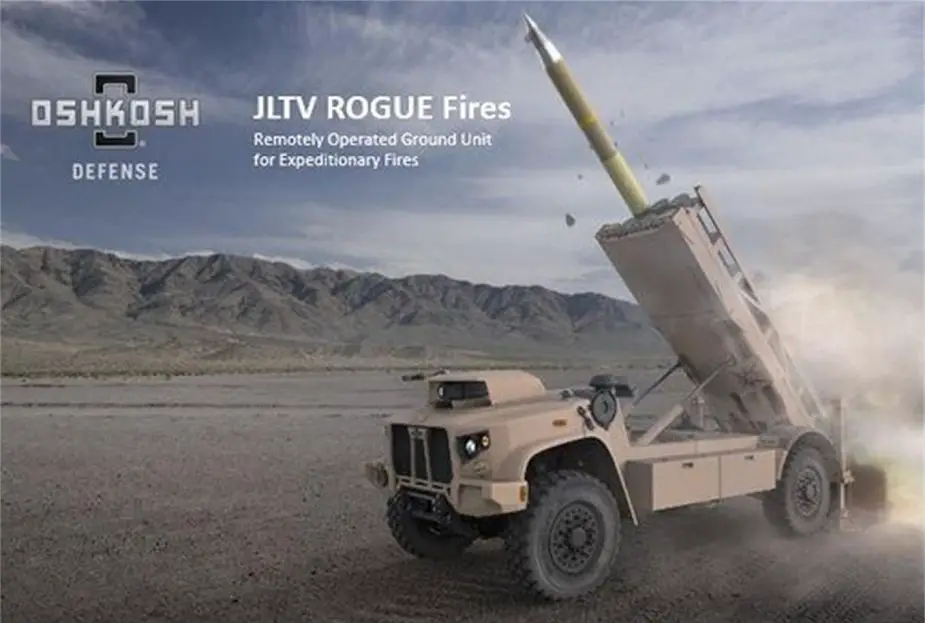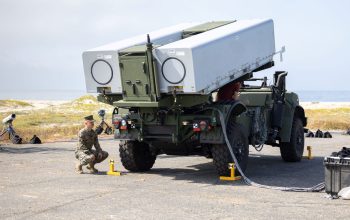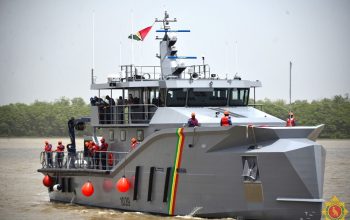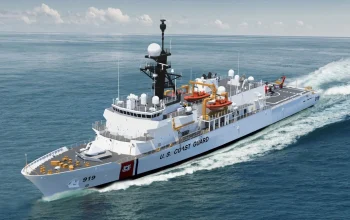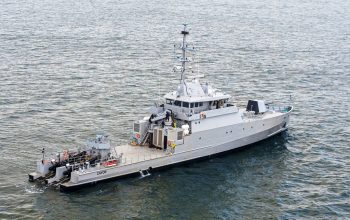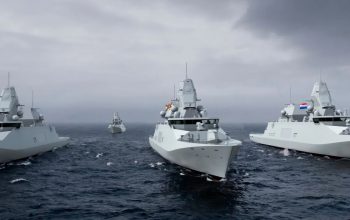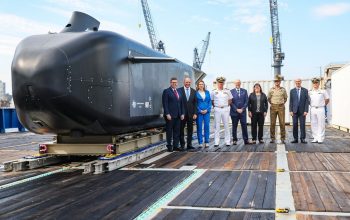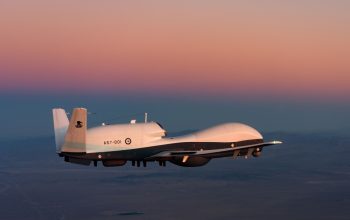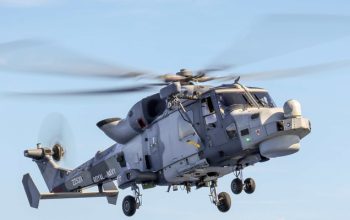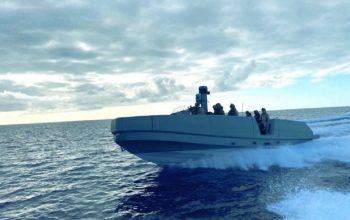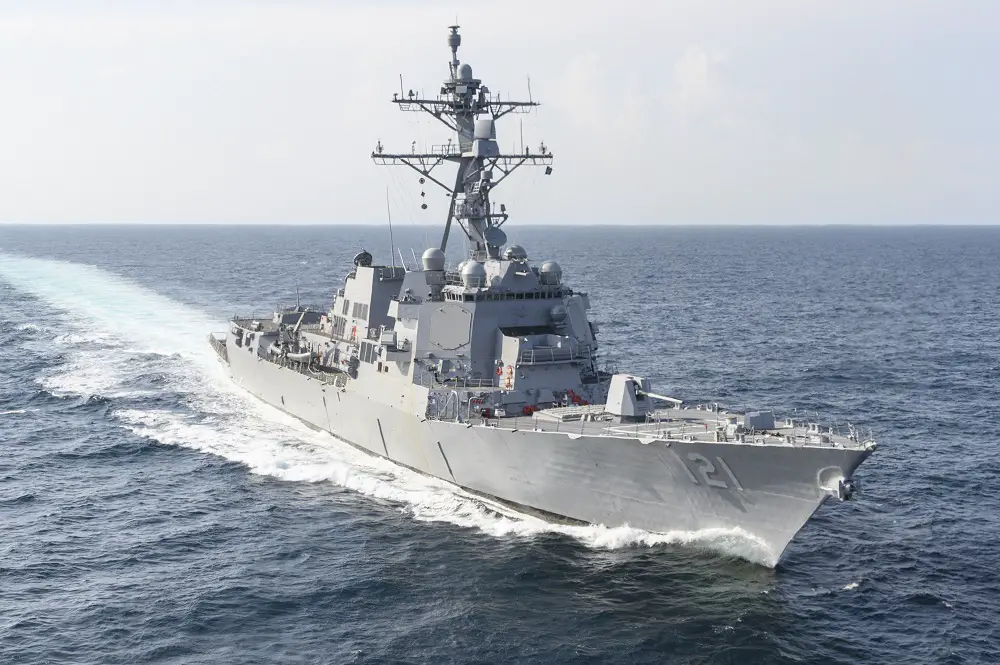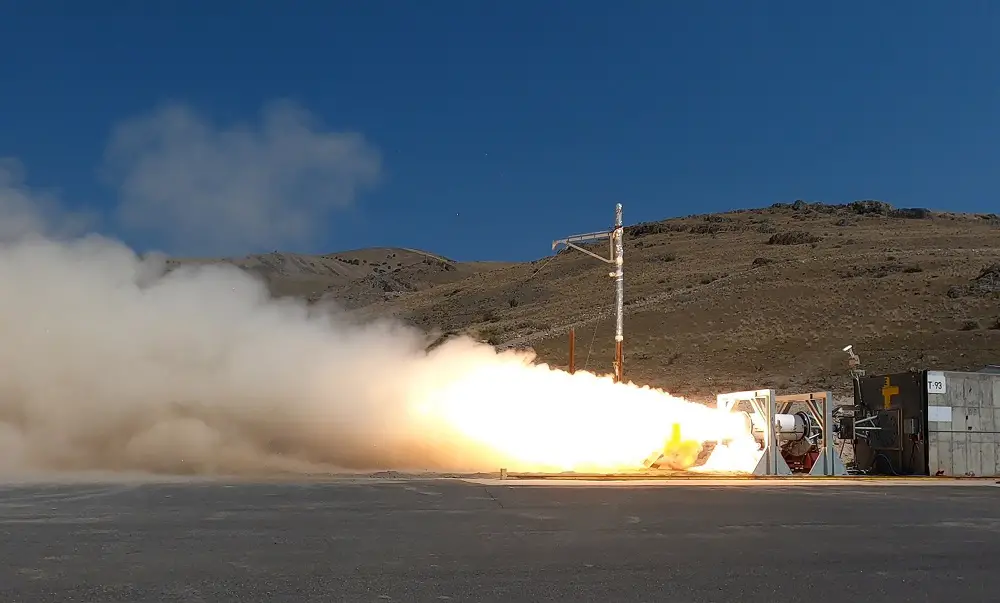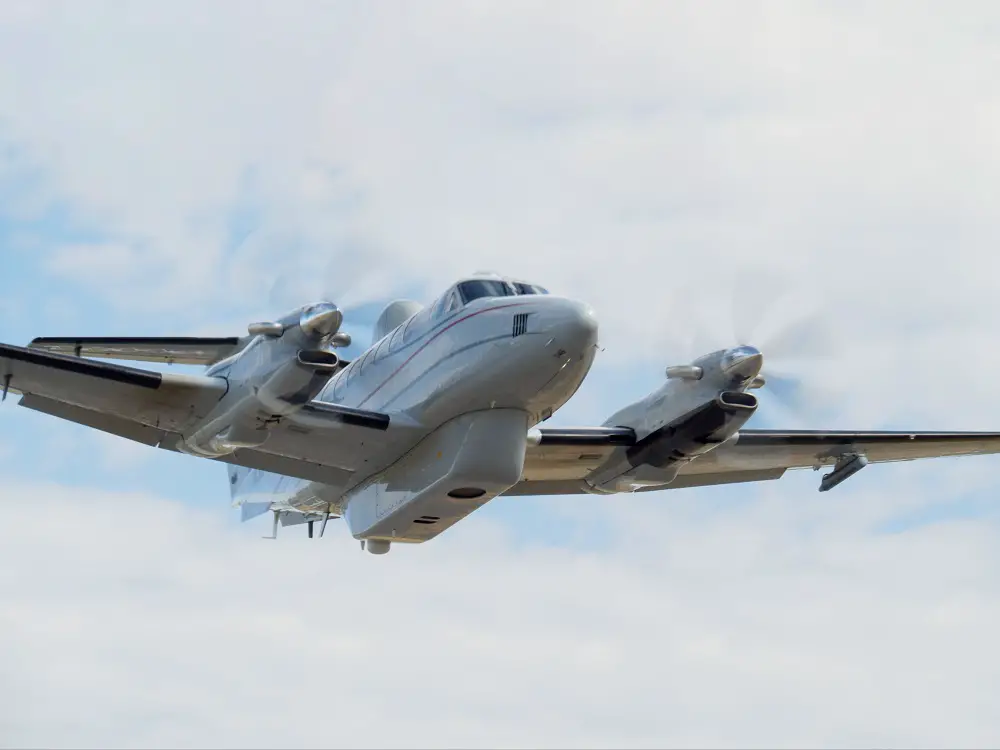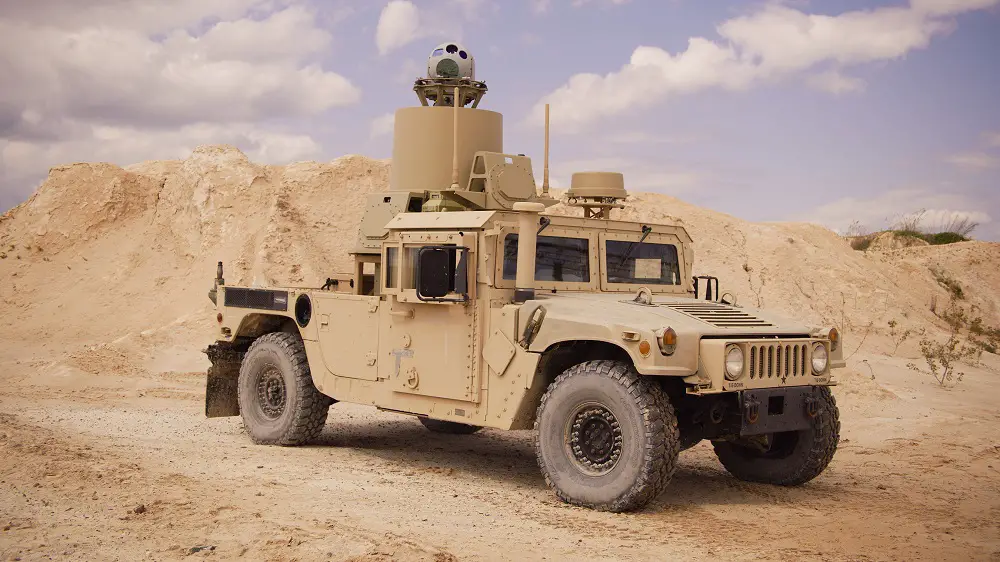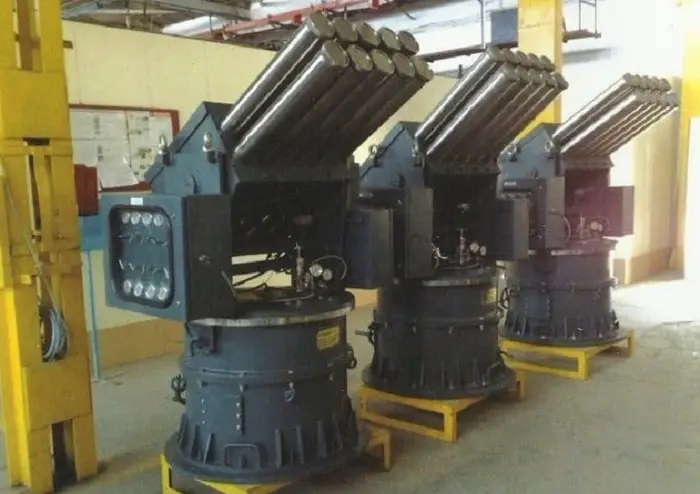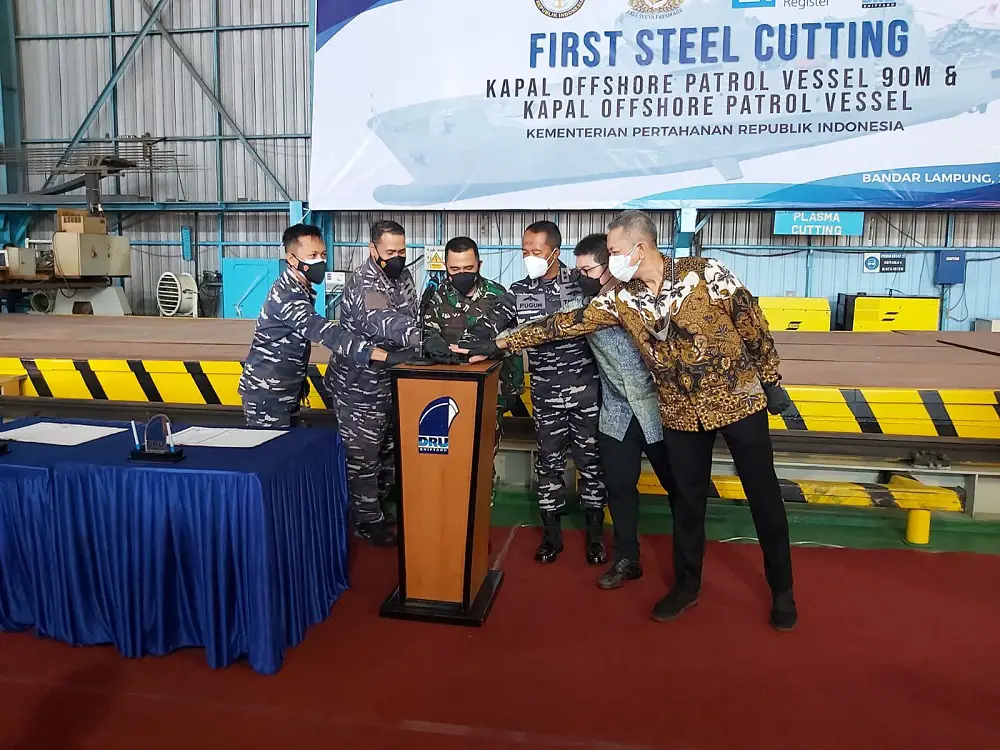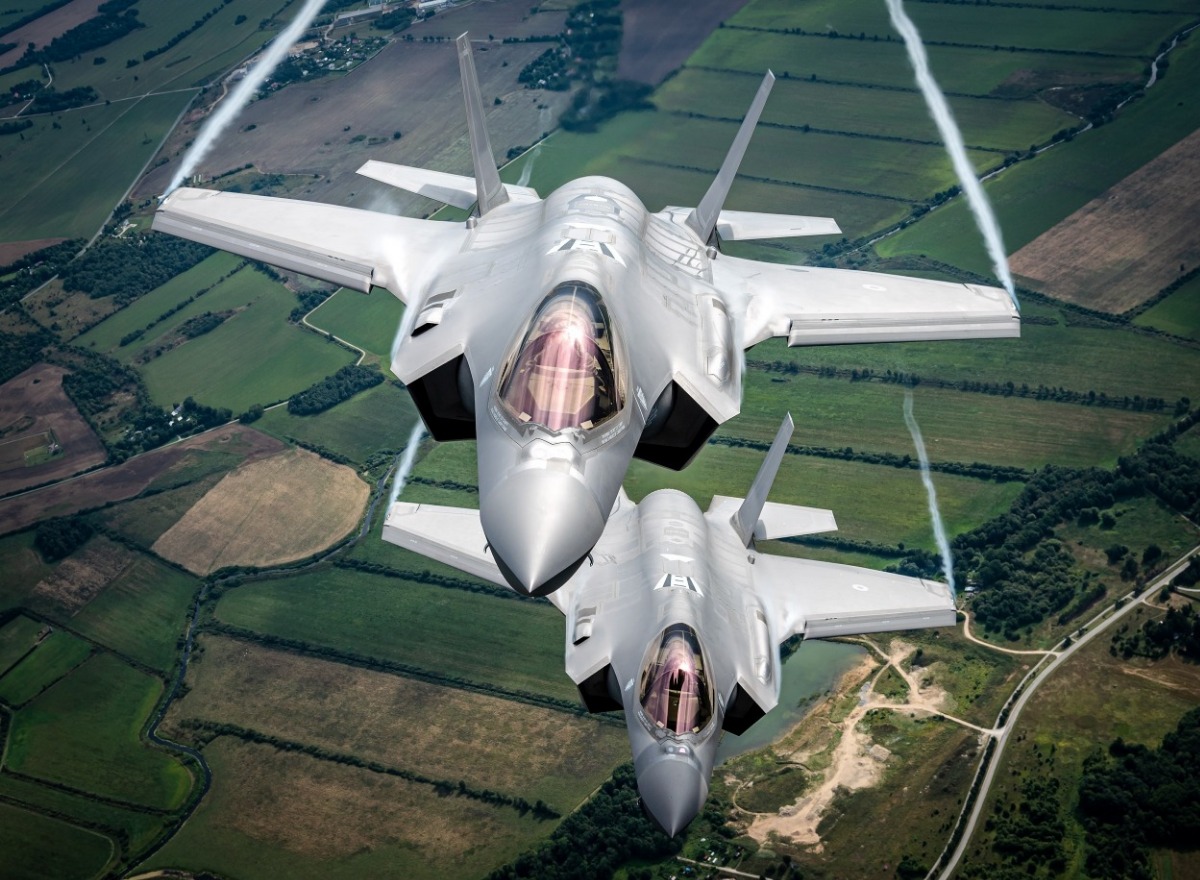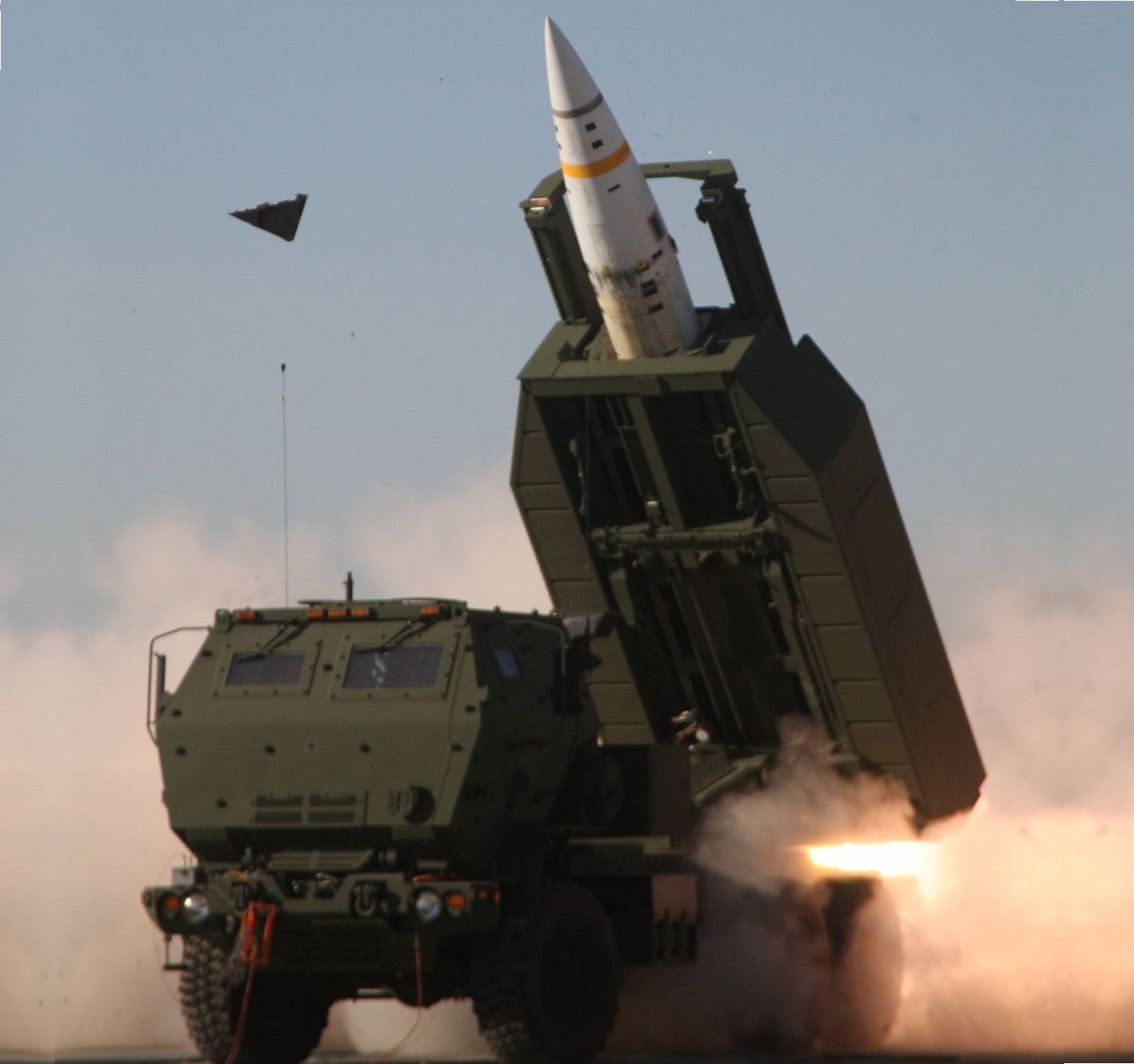The U.S. Marine Corps has launched a plan to integrate the Naval Strike Missile (NSM) on unmanned Oshkosh Joint Light Tactical Vehicle (JLTV) ROGUE Fires vehicle to enhance its anti-ship capability in support of sea control and sea denial missions. U.S. Navy and Marine Corps leaders are confident a pair of ground-based anti-ship missile programs in support of the Expeditionary Advance Base Operations (EABO) concept is leaving China “just scratching their head” trying to figure out how to counter U.S. naval force advancements.
The development of a Ground-Based Anti-Ship Missile (GBASM) capability is the Marine Corps’ highest ground modernization priority. The U.S. Marine Corps’ GBASM solution is the Navy Marine Expeditionary Ship Interdiction System (NMESIS), consisting of an unmanned JLTV-based mobile launch platform and Naval Strike Missiles (NSM) launcher unit. For a near-term solution to gain the ability to control the seas from ashore, the Marines will pair the Naval Strike Missile – the same anti-ship missile going on the Littoral Combat Ships to boost their own lethality. In the longer term, the Ground-Launched Cruise Missile (GLCM) would bring even greater range if the ROGUE Fires Vehicle proves to be useful.
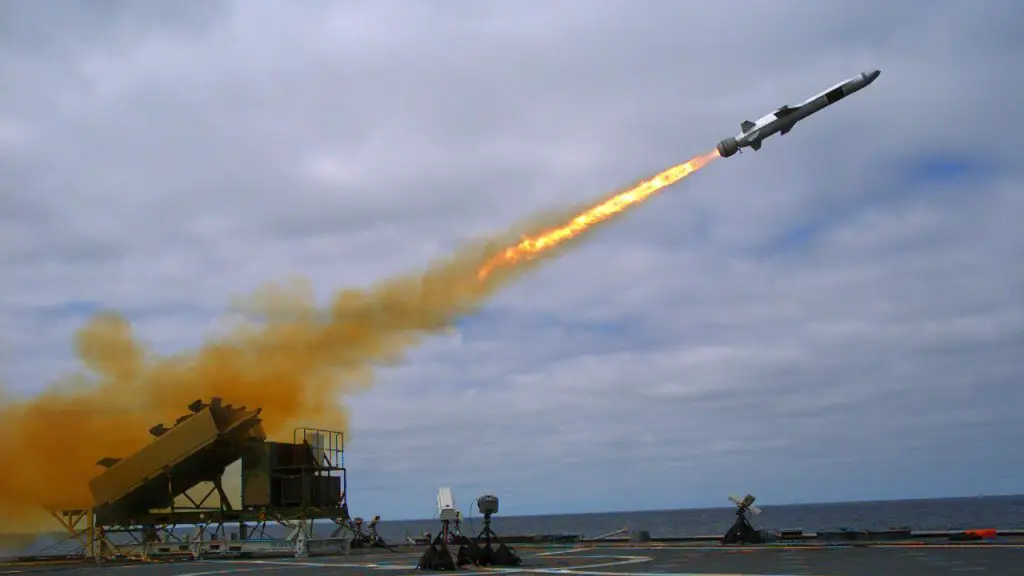
The Naval Strike Missile (NSM) is an anti-ship and land-attack missile developed by the Norwegian company Kongsberg Defence & Aerospace (KDA). The original Norwegian name was Nytt sjømålsmissil (literally New sea target missile, indicating that it is the successor of the Penguin missile); the English marketing name Naval Strike Missile was adopted later. The missile will weigh slightly more than 400 kg (880 lb) and have a range of more than 185 km (100 nm). The usage of a high strength titanium alloy blast/fragmentation warhead from TDW is in line with the modern lightweight design and features insensitive high-explosive.
An Naval Strike Missile coastal battery consists of three missile launch vehicles, one battery command vehicle, three combat command vehicles, one mobile communication center, one mobile radar vehicle with TRS-15C radar, one transport and loading vehicle, and one mobile workshop vehicle. Each MLV carries 4 missiles and can be connected to the CCV by optical fiber or radio up to 10 km (6.2 mi) away; up to 6 launchers with 24 missiles can be netted together at once. When installed on ships, NSMs can be deck-mounted in packs of one, two, three, four, or six launchers. In June 2013 Poland completed the Coastal Missile Division equipped with 12 NSM and 23 vehicles on Jelcz chassis.
